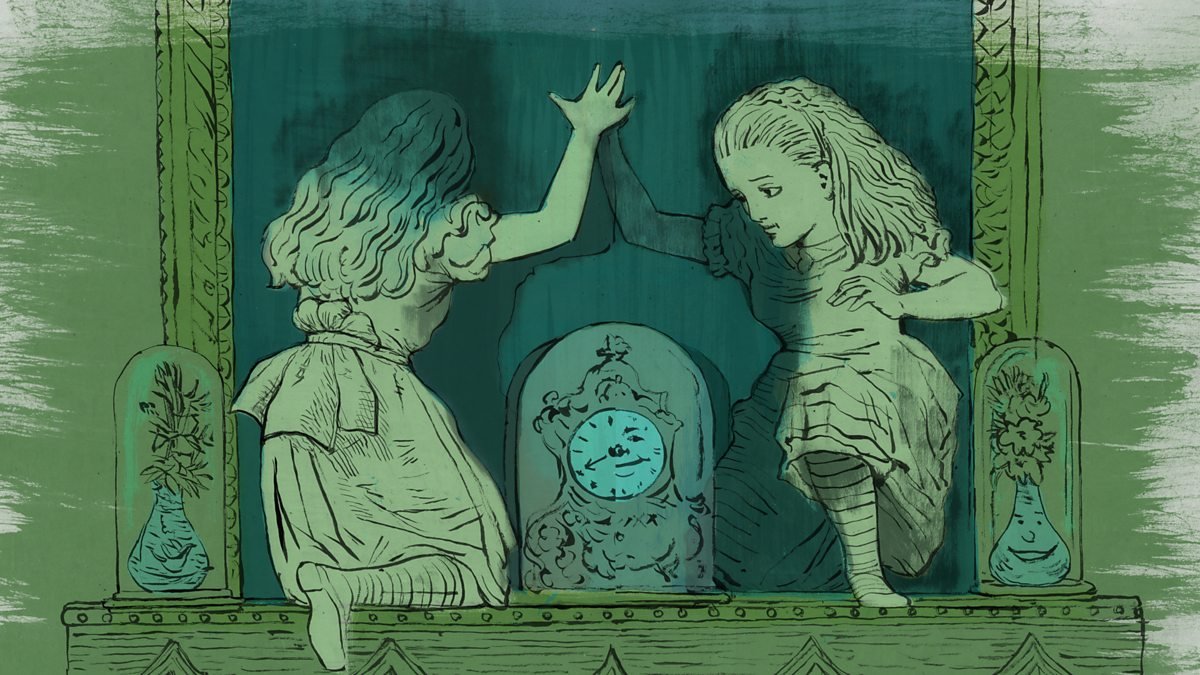Bipolar disorder is traditionally characterized by distinct episodes of mania, hypomania, and depression. These well-defined phases form the cornerstone of diagnosis and treatment. However, emerging research highlights a subtler phenomenon: micro mood fluctuations. Unlike the pronounced shifts observed in classic episodes, micro fluctuations involve rapid, often hour-to-hour or day-to-day changes in mood, energy, and activity levels. These subtle variations are frequently overlooked in clinical settings but can significantly affect the daily functioning and quality of life of individuals with bipolar disorder.
Micro mood fluctuations can manifest as brief periods of irritability, mild elation, or transient low mood that do not meet full criteria for manic or depressive episodes. Despite their small scale, these fluctuations may disrupt attention, social interactions, and decision-making. In some cases, patients with prominent micro fluctuations are misdiagnosed with personality disorders or anxiety disorders because their mood patterns do not fit the classical bipolar framework.
The neurobiological mechanisms underlying micro mood fluctuations are not yet fully understood. Dysregulation in circadian rhythms, neurotransmitter imbalances (particularly in dopamine and serotonin systems), and heightened neural sensitivity to stressors have all been implicated. Functional neuroimaging studies suggest that abnormal connectivity between the prefrontal cortex and limbic system may contribute to rapid shifts in emotional regulation. Additionally, environmental triggers such as sleep disruption, psychosocial stress, or substance use can exacerbate these subtle mood swings.
Recognition of micro mood fluctuations has important clinical implications. Standard mood charts and traditional diagnostic interviews may fail to capture these brief but impactful episodes. Increasingly, clinicians are employing daily mood monitoring, digital apps, and ecological momentary assessment (EMA) to track these fluctuations more accurately. This data allows for more personalized treatment approaches, including adjustments in medication, psychotherapy strategies, and lifestyle interventions aimed at stabilizing daily mood patterns.
Therapeutically, micro mood fluctuations challenge conventional pharmacotherapy. While lithium, anticonvulsants, and atypical antipsychotics are effective in controlling full-blown manic or depressive episodes, their impact on subthreshold mood instability is less robust. Adjunctive interventions such as structured routines, cognitive-behavioral therapy, and psychoeducation for patients and families can improve self-awareness and coping strategies. Targeting sleep hygiene, stress reduction, and regular activity schedules also plays a critical role in mitigating micro fluctuations.
In conclusion, micro mood fluctuations represent a nuanced and clinically significant feature of bipolar disorder that extends beyond classic episodes. These subtle shifts in affect can impair daily functioning, complicate diagnosis, and challenge treatment. Greater awareness and systematic monitoring of micro fluctuations are essential for comprehensive care. Integrating pharmacological, behavioral, and lifestyle interventions tailored to these fluctuations may enhance quality of life and reduce the long-term burden of bipolar disorder.






